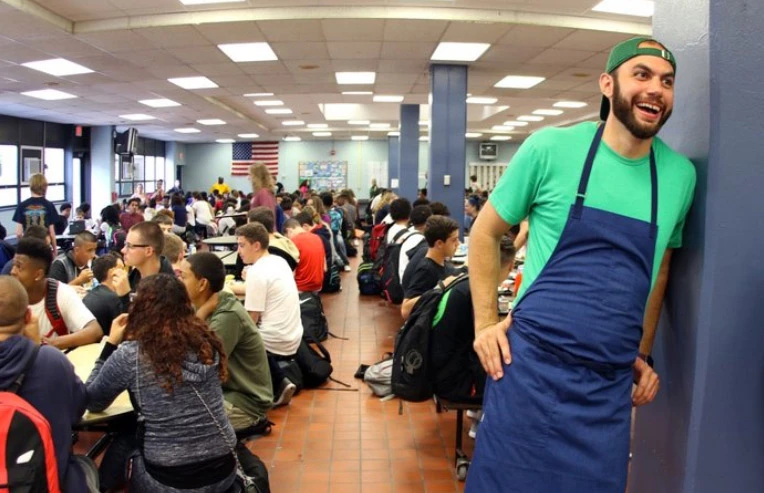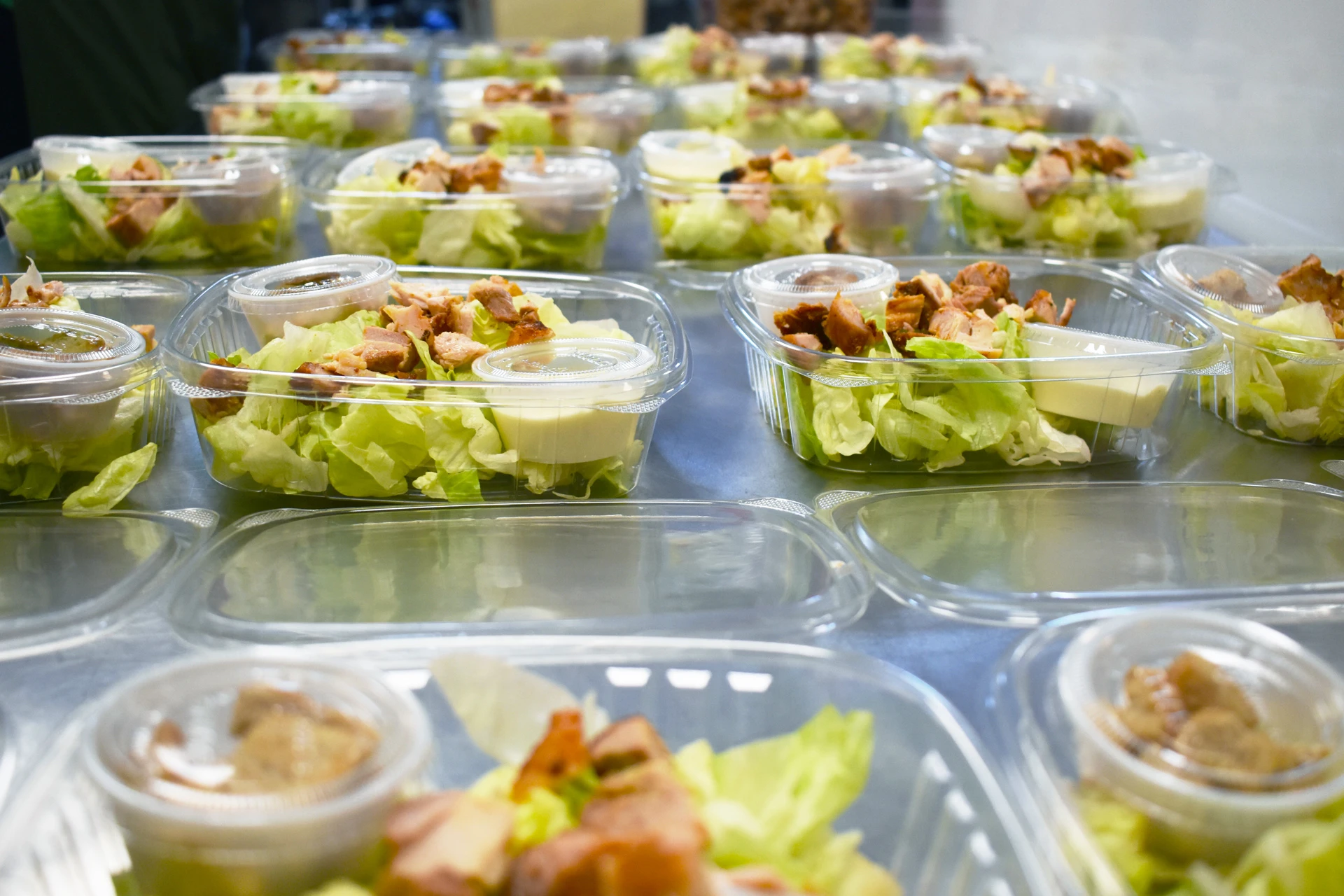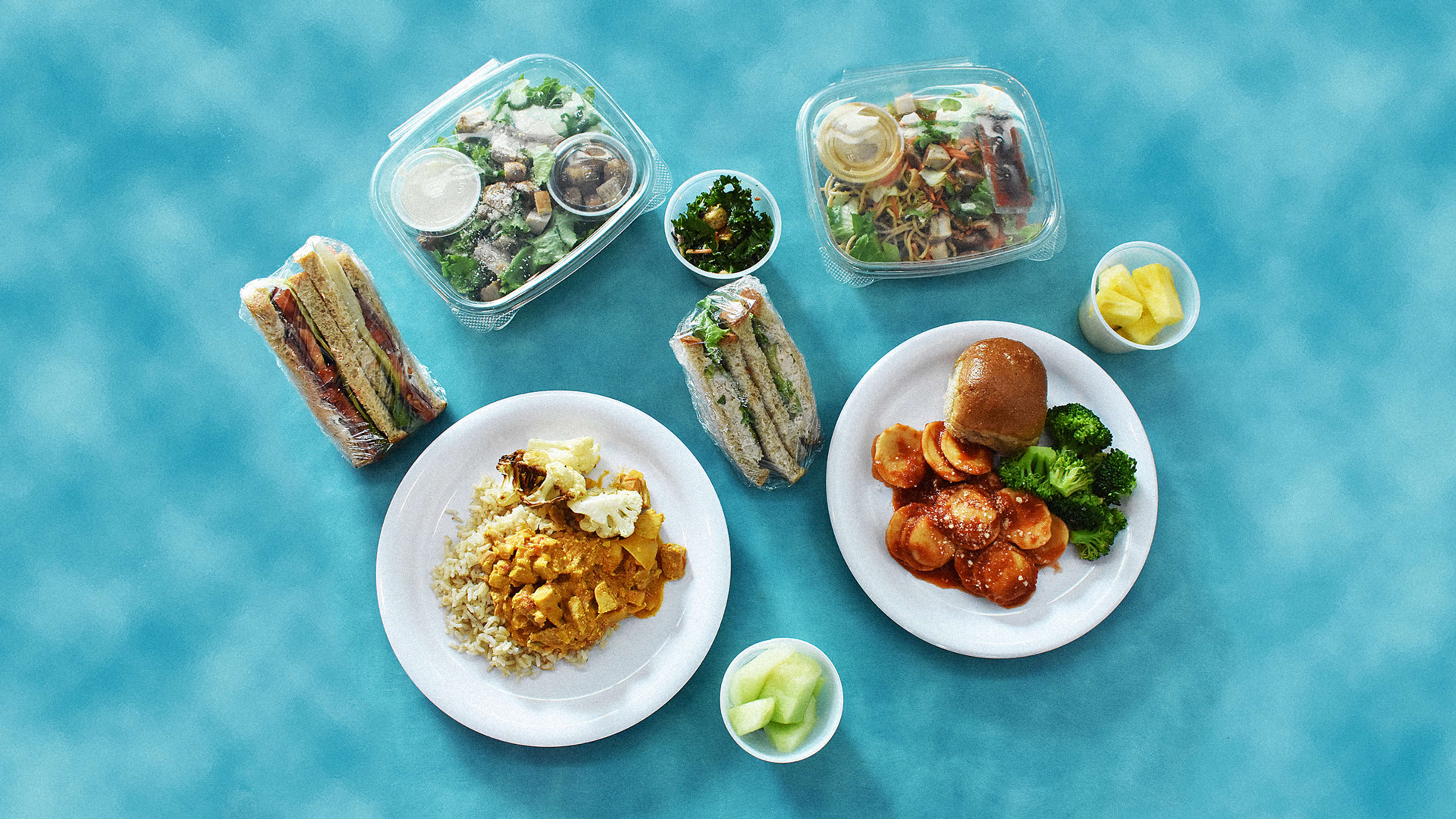Kids heading back to school in Virginia’s Richmond Public Schools and Southampton Union Free School District of Long Island should expect a little something different on the lunch menu this school year: Chicken nuggets may soon be banished. Several weeks from now, the highly processed poultry item will likely be traded for bone-in barbecue chicken that’s served with honey-glazed carrots and warm cornbread—all made from scratch.
That’s just one swap in a much larger shift toward healthier, scratch cooking enabled by Brigaid, a school meal consultancy group that recently contracted with officials in both areas. Brigaid launched in 2016 with the goal of fixing the mostly prepackaged and highly processed way that schools prepare food, and now works in four major school districts.

“First and foremost, this is a feeding program,” says Brigaid founder Dan Giusti. “You’re feeding kids who might not eat outside of school. . . . The food that the kids want to eat is not good for them. The food that we want to cook as adults or chefs, it’s not necessarily what they want to eat. How do we meet them somewhere in between and then, you know, gently nudge them [to be healthier] over time?”
Giusti, who is the former head chef at Copenhagen-based Noma (a crown jewel in the fine dining world), launched Brigaid to teach schools how to prepare better food in-house at a rate low enough that they can break even on federal reimbursement for the children they serve. That rate is currently $3.39 back per meal delivered, which includes paying for staff, kitchen equipment and upkeep, and food costs. There’s also the complicated process of sourcing bulk ingredients and documenting both how much food is being prepared and served to reconcile all the accounting.

For all those reasons, many schools have started outsourcing to big companies that save money by offering culinary and financial management services. Giusti’s alternative remains affordable because scratch cooking eliminated front-end preparation costs while stretching whole ingredients across recipes. One head of lettuce can last longer and go further than a bag of precut greens. Brigaid’s food cost is less than $1.25 per meal served.
Brigaid’s piloted the concept in New London, Connecticut, where it added a chef to the kitchens of six schools serving 3,700 students total. The company has since expanded to two New York outposts—a high school and dual-language magnet school in the Bronx. Going into its fourth school year, it says it has helped served more than 2 million meals.
Originally the company acted similarly to other full-service management companies by offering services to help manage employees and the complicated back-of-house paperwork. The problem is its chefs are most helpful at the start of a training stint: They focus on cleaning and retooling kitchens if some new equipment of cooking utensils are needed, along with training everyone in safer food handling, preparation, and storage skills. Brigaid then teaches cooking skills including proper knife work, sauce blending, and the recipes it has developed.
But now the model is shifting, evolving from a traditional food service management company to act more like a limited-time trainer and consultancy. The goal is to improve school kitchens and food workers’ skills to the point that local leaders can take charge of their own cafeterias. Giusti says that it’s more cost effective for schools to simply offer all of this training upfront and at a fixed cost. That teaches cafeteria workers to become self-reliant versus paying Brigaid annually. While Brigaid maintains full-service contracts with early adopters, the two new school districts hired the company on a short-term basis.
Prices range based on school size and the complexity of the operation. It starts at $6,000 for the sort of nine-day training that could benefit a satellite school. Brigaid charges $18,000 for a 27-day makeover at a large institution, and $36,000 for a 54-day session that benefits places with a centralized kitchen model for working with several institutions. Giusti expects some chefs may eventually be retained longer as consultants to continue offering tips and menu ideas but doesn’t push that. The company offers more advanced trainings for next-level skills like baking or cooking healthy breakfasts. “I very much got into cooking to cater to people, to take care of people, to be hospitable—essentially to feed people,” he says. “I wanted to go into a place that was already making food; it just wasn’t very good.”

In addition to the barbecue chicken dish, revamped Brigaid menus often include simple sandwiches like roasted turkey with a slice of cheese, or more comforting foods like pasta with homemade bolognese sauce and garlic bread. For the more adventurous, there’s a hummus dish that’s topped with several kinds of cooked and raw vegetables. It’s drizzled in a vinaigrette made from a za’atar spice blend and smoked paprika, and served with warm flatbread. Another offering could be chicken curry made with coconut milk over brown steamed rice and roasted sweet potatoes.
Not every kid may be excited by these menu changes. To solve that, Giusti’s teams still offer a range of available choices for meals, including peanut butter and jelly sandwiches for those kids that aren’t quite ready to shake up their entire routine. “The luxury that we have cooking for kids in schools is that we have them every day, so you have time,” he says. “There’s going to be some kids who will change the way they want to eat today, and they’ll try new things. And there’ll be other kids that they’re super stressed out and they live in a household that’s not great. So like, why are we going to force them to eat certain things?”
In many schools with free lunch programs, the food carries a stigma. Because the food traditionally isn’t especially healthy or tasty, kids who can bring their own lunches tend to do so, separating them from the kids eating the free lunch. Giusti want to reverse that. In fact, Brigaid’s food is so appealing that several schools—like Southampton Union Free School—that don’t qualify to provide free lunches for all students have expressed an interest in converting anyway.
There are plenty of benefits in making school food more palatable: Kids with better nutrition are more likely to attend school, perform better on tests, and avoid future health issues. But Giusti sees another payoff. “The anecdotal feedback that we’ve received in schools has been directly related to thoughtfulness and kids really seeing that people care,” he says. “At the end of the day, it’s pretty easy to go into one of these schools and go into the cafeteria and see like, wow, these people really care about the kids who go to school here or they don’t. To me, it’s a huge difference, just like anything else.”
Recognize your brand’s excellence by applying to this year’s Brands That Matter Awards before the early-rate deadline, May 3.
